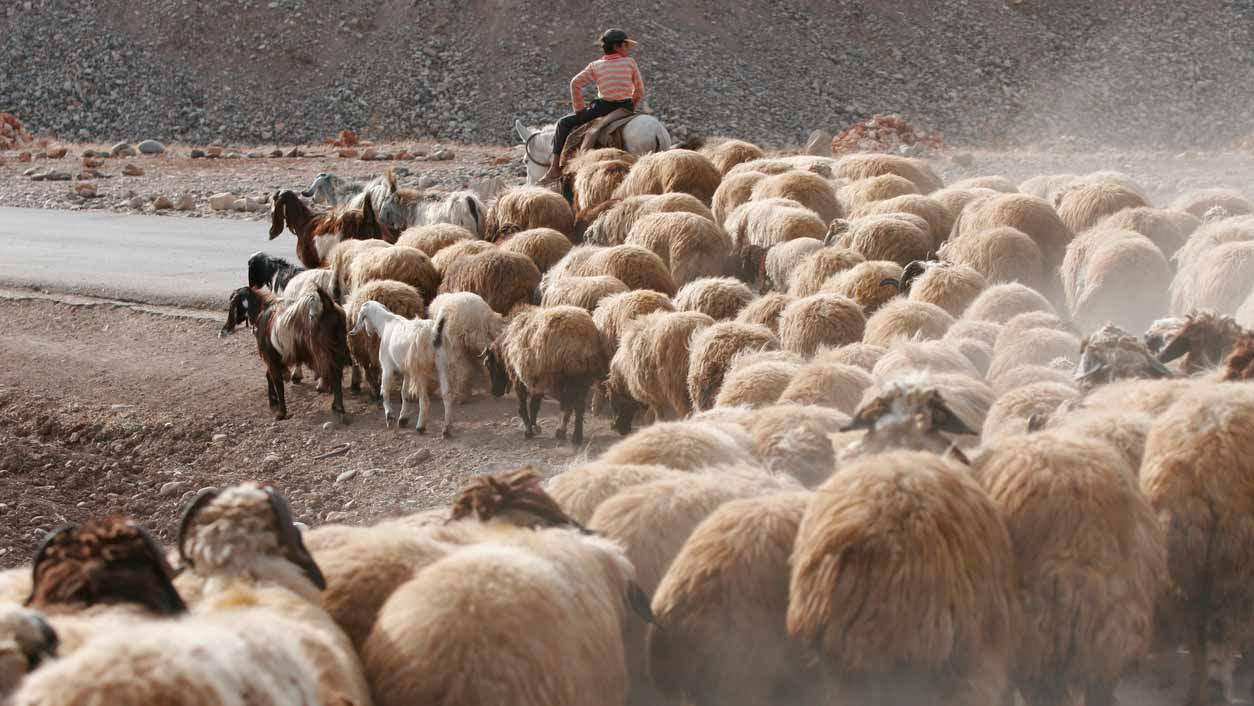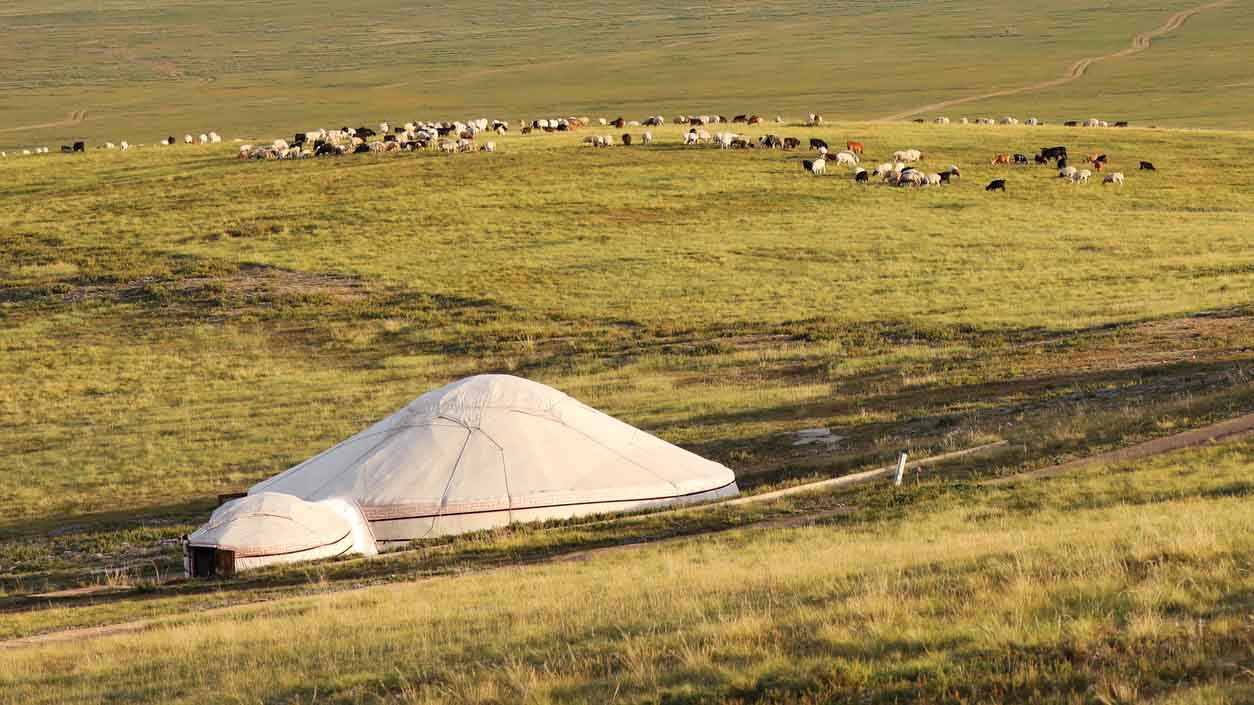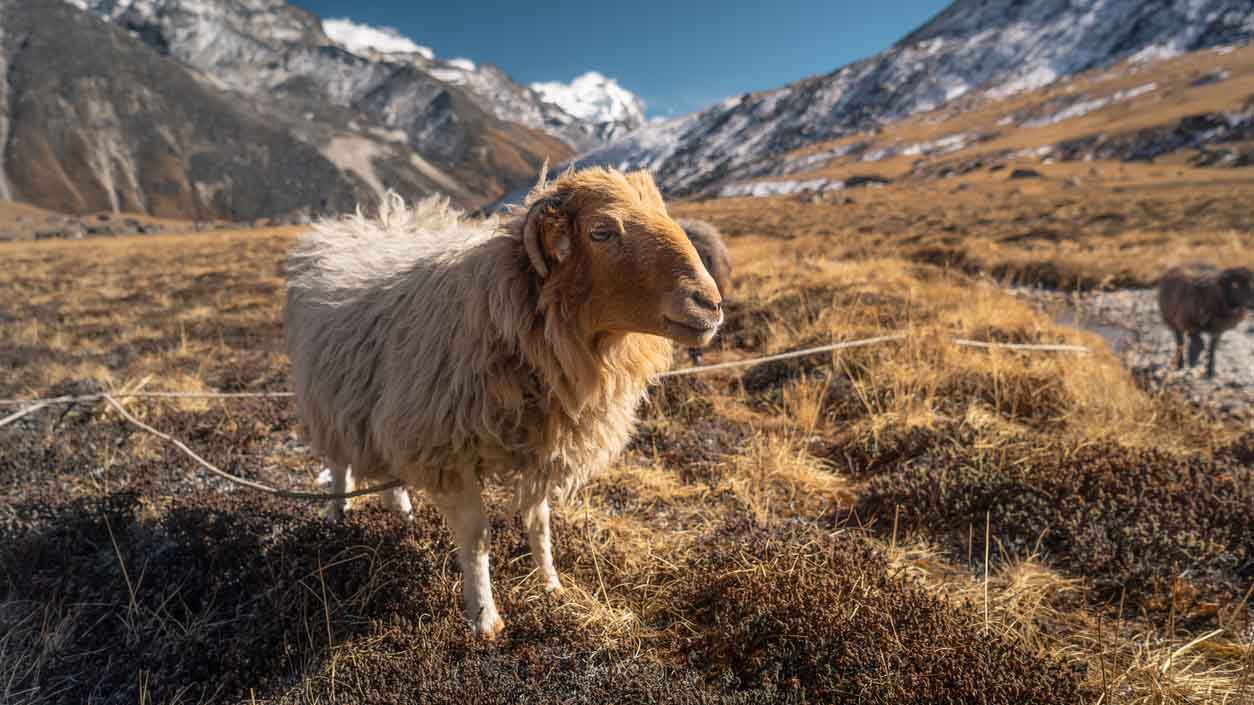← Back
Adapting Asia’s Pastures to Climate Change

Across Central Asia, the Mongolian steppes, and the highlands of Iran and Pakistan, herders have guided sheep and goats across vast grasslands for thousands of years. These pastures, stretching to the horizon, have always been more than just grazing grounds, they are the foundation of entire cultures, economies, and ecosystems. Today, climate change and Asia’s pastures management have become inseparable challenges, as shifting weather patterns, rising temperatures, and land degradation reshape the landscapes that sustain this ancient way of life.
Generations of nomadic and semi-nomadic families have learned to read the land, moving with the seasons to preserve soil, water, and vegetation. Healthy pastures mean healthy animals, secure livelihoods, and balanced ecosystems. Yet that natural balance is under growing pressure. Rainfall is less predictable, grass grows thinner, and herders must travel farther to find good grazing.
Still, innovation is offering new hope. Satellite monitoring tools now help herders protect their pastures and preserve their mobility, combining ancestral knowledge with modern data to keep the land productive for generations to come.
Sustainable Pasture Management and Nomadic Traditions
For centuries, the health of pastures has dictated the rhythm of life for nomadic herders. Seasonal migrations followed the growth of grasses, allowing rangelands to rest and regenerate. This mobility maintained a natural balance between people, livestock, and the environment.
In recent decades, that system has been disrupted. Roads, fences, and farmland have fragmented migration corridors, especially in western China and the Kazakh plains. At the same time, vegetation is thinning, soils are eroding, and droughts are more frequent. These changes threaten both food security and rural livelihoods across Asia’s rangelands.

Rising pressures on pasture ecosystems across Asia
In many areas, particularly Mongolia, Xinjiang, and the Iranian plateau, pasture scarcity has become a defining challenge. The causes are intertwined:
- Climate volatility reduces grass growth.
- Overgrazing in limited areas exhausts the soil.
- Infrastructure and population growth shrink available grazing land.
Each season, herders face harder choices about when to move, how far, and whether the next pasture can sustain their animals. Without reliable information, these decisions can endanger both livelihoods and ecosystems.
Herd mobility and sustainable grazing practices
By rotating grazing areas and following seasonal cycles, herders allow rangelands to recover and maintain biodiversity.
Yet movement is increasingly constrained. Restricted routes and degraded land force herders to stay longer in one place, accelerating pasture decline. Protecting mobility means safeguarding both cultural heritage and the resilience of Asia’s vast grasslands.

Monitoring Movement and Pasture Conditions from Space
Technology now offers a way to reconnect herders with their land through information rather than control. Climate change and improved pasture management are driving the need for smarter, data-driven solutions that respect traditional herding practices.
CLS’ satellite-based herd monitoring services combine near real-time herd tracking via dedicated collars with Earth observation and artificial intelligence to provide clear insights:
- Monitor herd mobility over large territories
- Assess pasture condition and vegetation health
- Detect early signs of overgrazing or drought
- Anticipate weather extremes
- Define virtual boundaries to protect fragile zones
These tools make data accessible even in remote areas, giving herders and decision-makers the knowledge to plan movements wisely and adapt sustainably.
Technology empowering sustainable pasture conservation
There is often fear that introducing technology means ending traditional herding. But that is not the goal. Technology can help protect herding, not erase it, by helping herders plan routes with confidence, manage grazing pressure, and protect their independence.
Satellite monitoring also guides policy makers and NGOs working to balance resource use and support sustainable grazing. With accurate data, they can reinforce mobility instead of restricting it, aligning with global frameworks such as the UNCCD Global Land Outlook on Rangelands and Pastoralists, which calls for stronger governance and climate-smart pasture management policies.
This is adaptation in action, using innovation to preserve what matters most, the freedom to move and the health of the land.
A future rooted in healthy pastures
Asia’s sheep and goat herding communities are facing major challenges. But solutions exist. By blending ancient knowledge with modern tools, we can support a future where herders stay mobile, ecosystems stay healthy, and rural economies remain strong.
Adaptation is not about giving up the past, it’s about giving herders the tools they need to continue their way of life, even in a changing climate.




